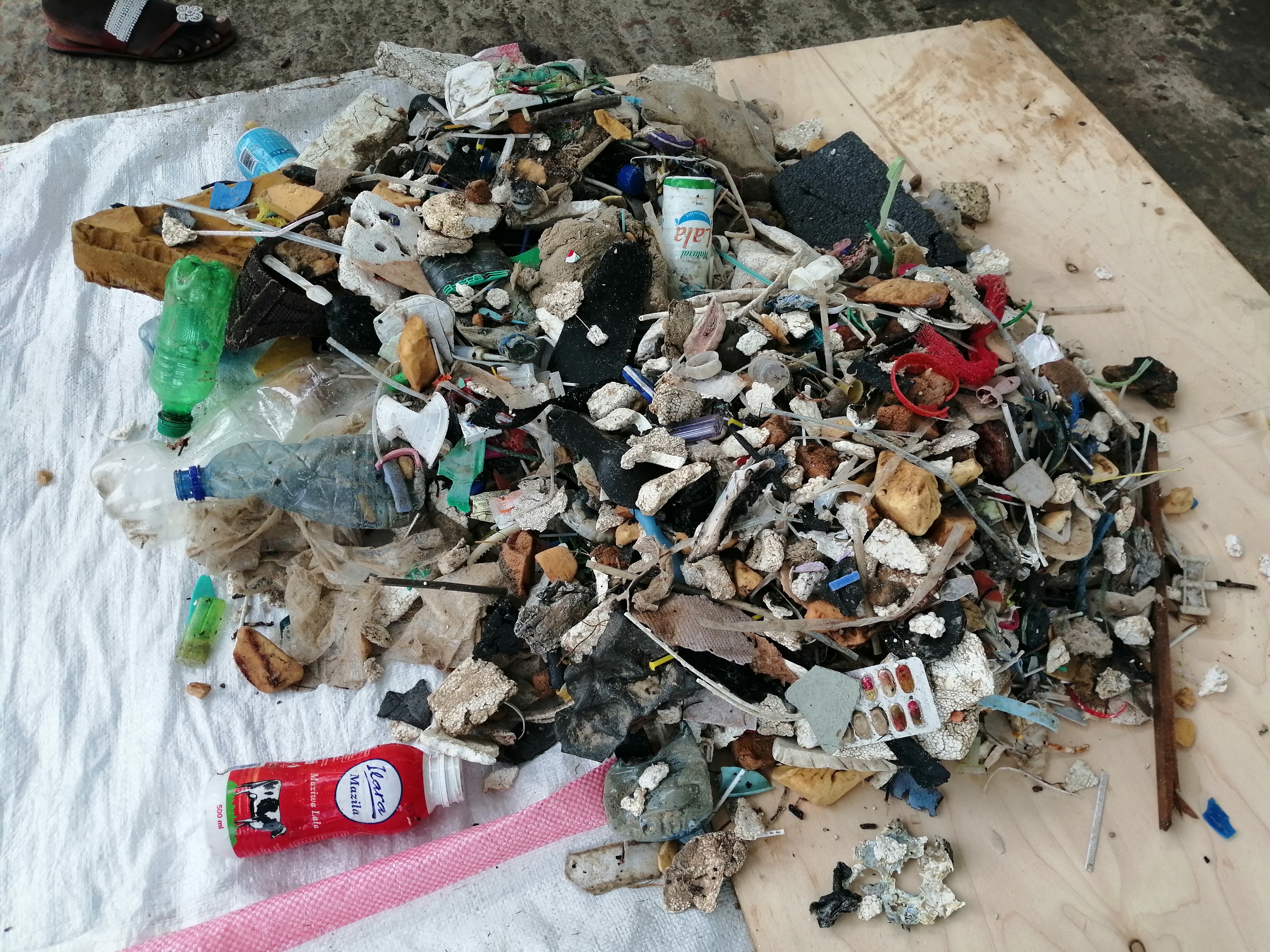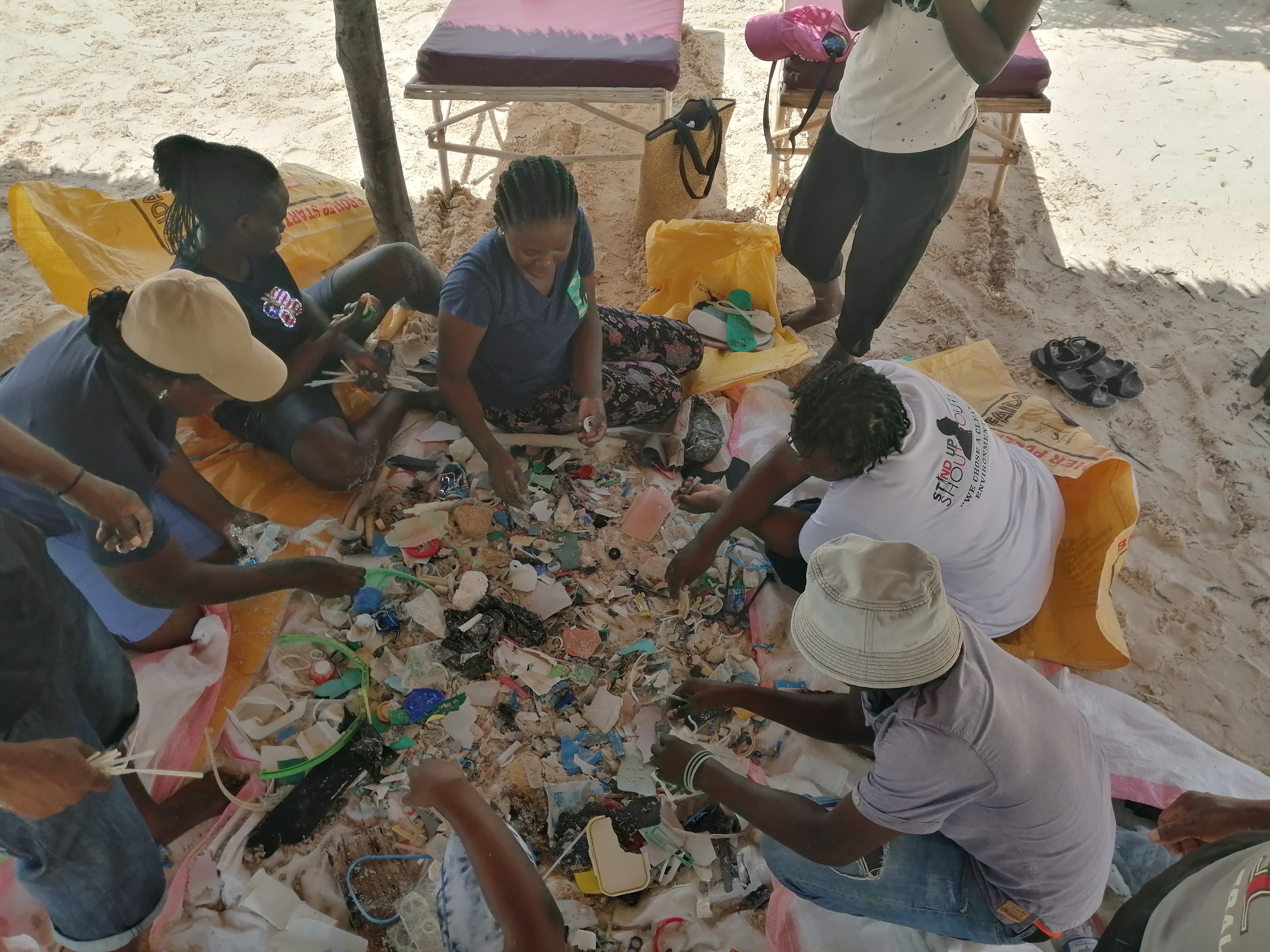Marine Plastic Pollution Research
Plastics is one of best innovations that humankind has had in the recent past. They are everywhere: in our food packaging, our clothes, the floors of houses, the plumbing of our homes, our paints, our cosmetics and even our tea bags. We wanted a material that is durable, affordable, inert and versatile, we got it in plastics.
About 3 billion tons of plastics have been produced globally from 1950 to 2015, which is the equivalent to 4 tons of plastics per second! 60% of this production ends up as waste (only 9% was recycled) with about 5 billion tons of plastic waste resting somewhere in the environment.
The major issue with plastics comes precisely from their durability: they never biodegrade. Their persistence in the environment results in biodiversity loss, habitat destruction and climate change. The additives added to plastic polymers and pollutants that also absorb on plastic such as pesticides, hydrocarbons, and heavy metals all form an explosive cocktail condensed in the plastic fragments that are easily ingested but deadly.
KMFRI conducts research along the entire plastic value chain to quantify the amounts leaking into the environment, identify hot spot areas of accumulation and determine their impacts on ecosystems’ structure and functioning. KMFRI is also involved in technology development in reducing ghost fishing by lost fishing nets and the development of taka connect to promote trading in plastic and plastic circularity. Plastic impacts and the need to embrace a plastic circular concept form a key aspect of KMFRI awareness and education program on plastic. plastic waste and plastic the resource. We have partnered with UNEP, CSIRO and WIOMSA to build regional capacity on marine litter monitoring.



